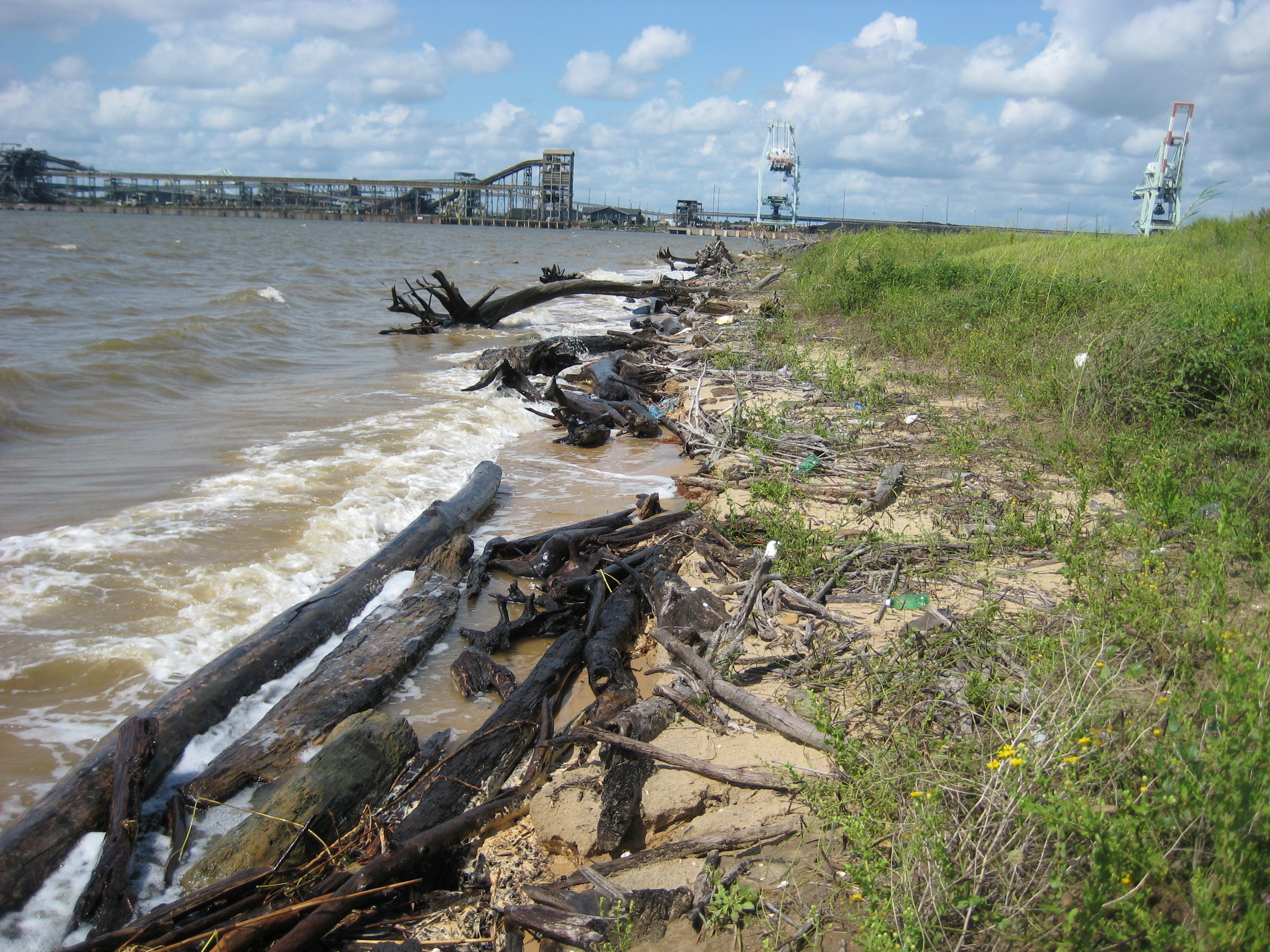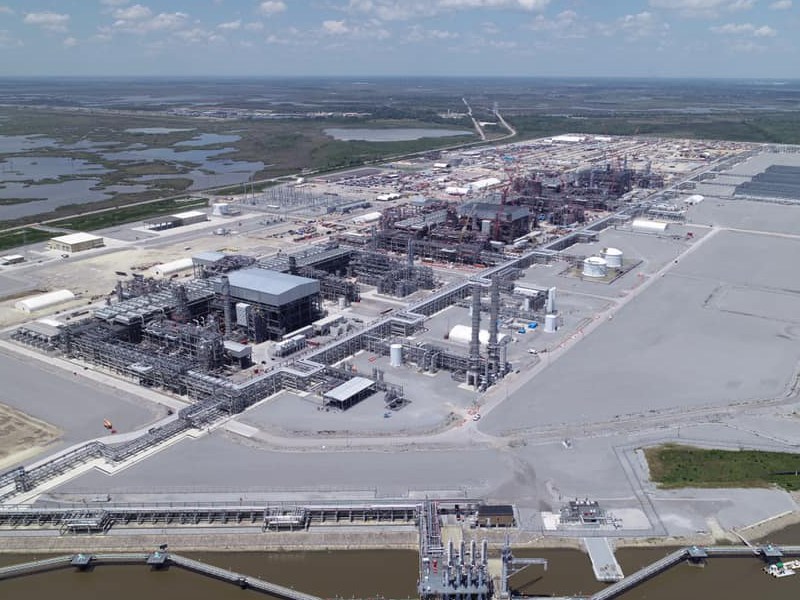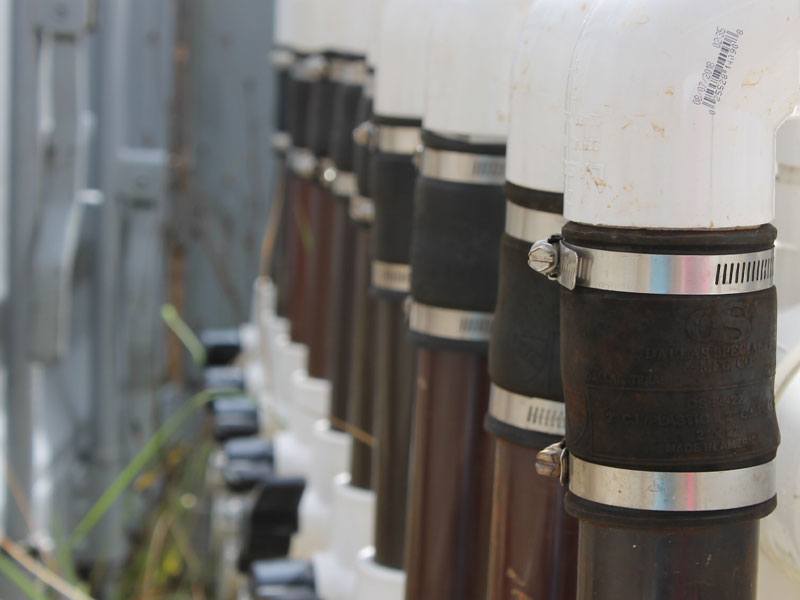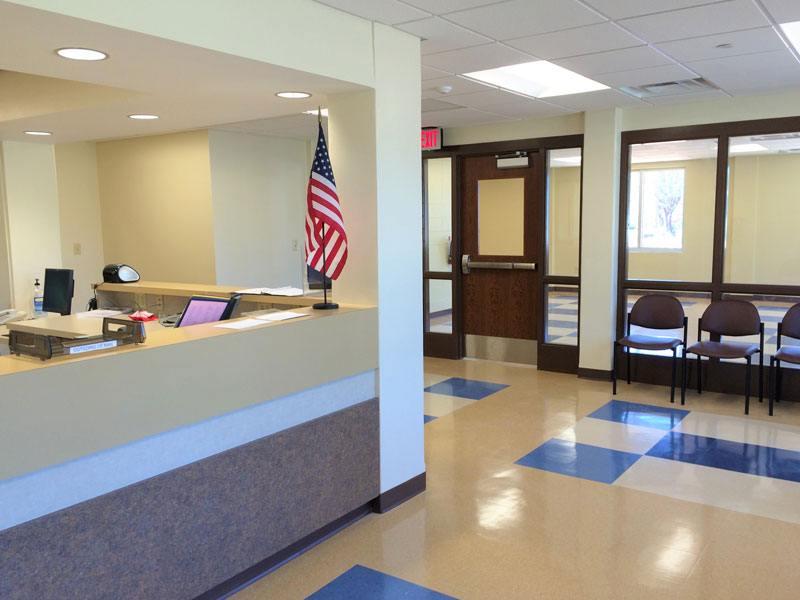
The Mobile River Bridge and Bayway project addressed a bottlenecked 11-mile section of Interstate 10, the major east-west roadway corridor serving the US Gulf Coast. In 2015, Thompson Engineering was selected as prime consultant for the project. Thompson Engineering led a large, multi-firm team including HDR and Mott McDonald in planning, environmental studies, preliminary scoping, engineering, environmental impact statement preparation, and procurement documents for the project.Unfortunately, project funding was lost in 2019 and the project was tabled. Even though the project stalled before construction, a considerable effort occurred over the course of four years.
Plans for the Mobile River Bridge and Bayway project consisted of the construction of a new Mobile River Bridge, a state-of-the-art, high-elevation cable-stayed structure that would alleviate congestion through the I-10 George Wallace Tunnel. In addition, plans called for replacing seven miles of Bayway bridges with heightened, widened and strengthened bridge structures capable of withstanding hurricane surge conditions. Beginning with only Design-Build routing and some preliminary draft EIS efforts, the Thompson team developed multiple alternatives for seven major interstate interchange modifications, a signature bridge, and significant environmental impact and aesthetic components.
Geotechnical Engineering & Drilling
The geotechnical portion of the project involved preliminary foundation type and selection design for the west high level in consideration of vibration effects. Preliminary foundation selection and review were also used on the Bayway in consideration and support of the storm surge report. Thompson also performed field exploration and laboratory testing in advance of the overall geotechnical design to expedite the schedule following an approved EIS.
During the course of the project, ALDOT altered the delivery method from a Design Bid Build to a Design-Build Finance Operate and Maintain (DBFOM), which allowed the Thompson team to move into the Owner’s Representative role. In preparation for the Request for Proposal (RFP), Thompson Engineering increased the field exploration and laboratory testing to compile subsurface data reports. The field exploration involved more than 24,000 feet of SPT and undisturbed sample, mud rotary drilling along the project corridor along with cone penetrometer testing (CPT). These borings extended up to 320 feet below the existing groundline/mudline. More than 100 borings were completed along the existing Bayway utilizing barge-mounted drill rigs. Laboratory testing involved Atterberg Limits, Sieve/hydrometer, direct shear, one-dimensional consolidation, UU and CU triaxial testing, corrosion tests, and motorized vane shear testing.
client
ALABAMA DEPARTMENT OF TRANSPORTATION
location
MOBILE, ALABAMA
market
TRANSPORTATION
Service Specialties
- GEOTECHNICAL
- TRANSPORTATION
- MARINE
- SURVEYING
- INTEGRATED DELIVERY METHOD
- CONSTRUCTION ENGINEERING & INSPECTION
- COMPLIANCE
- ASSESSMENTS & INVESTIGATIONS
- ENVIRONMENTAL ENGINEERING
- DRILLING
- LABORATORY TESTING
- SUBSURFACE UTILITY ENGINEERING





